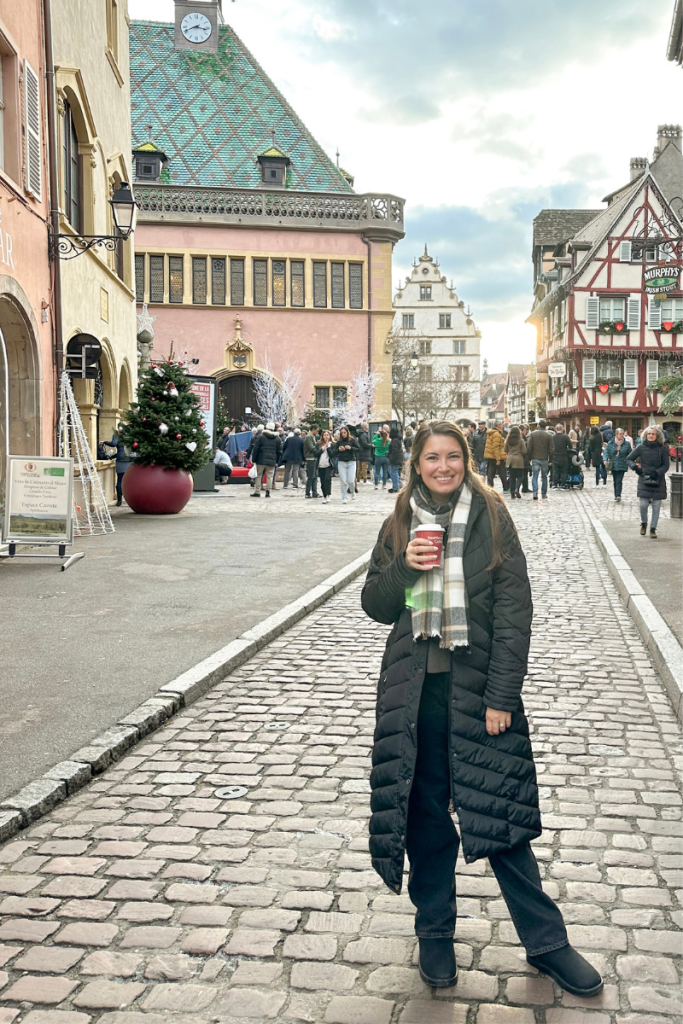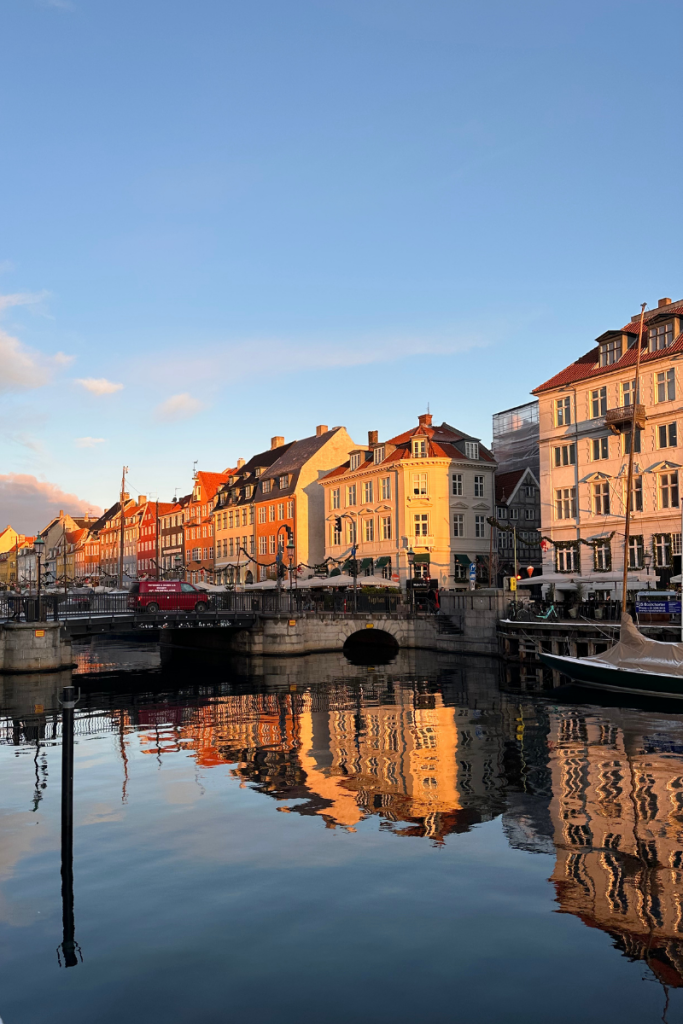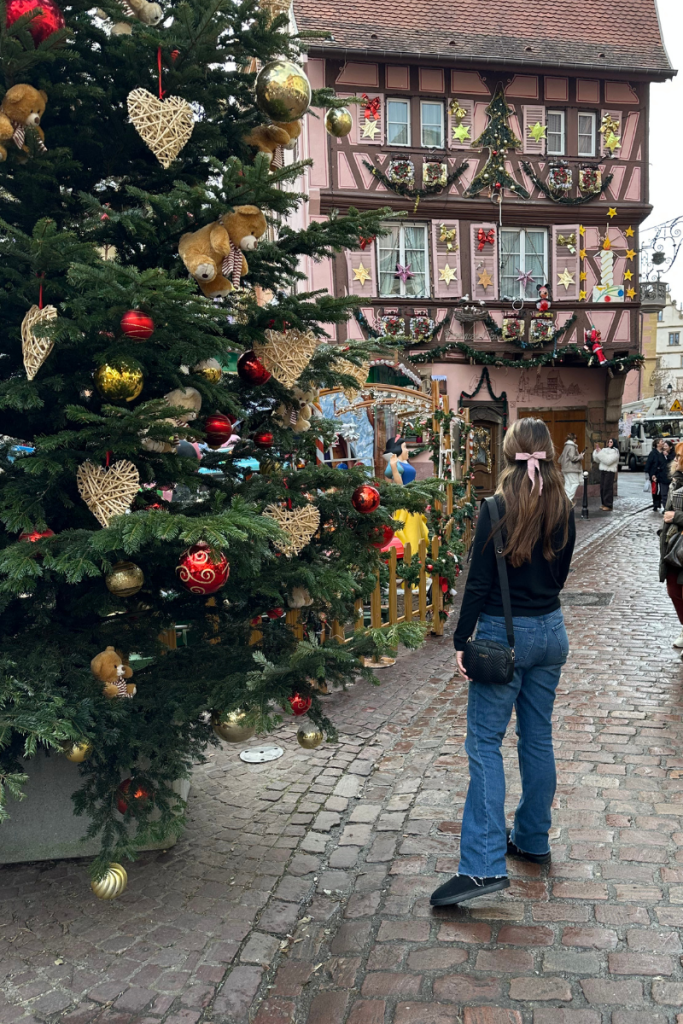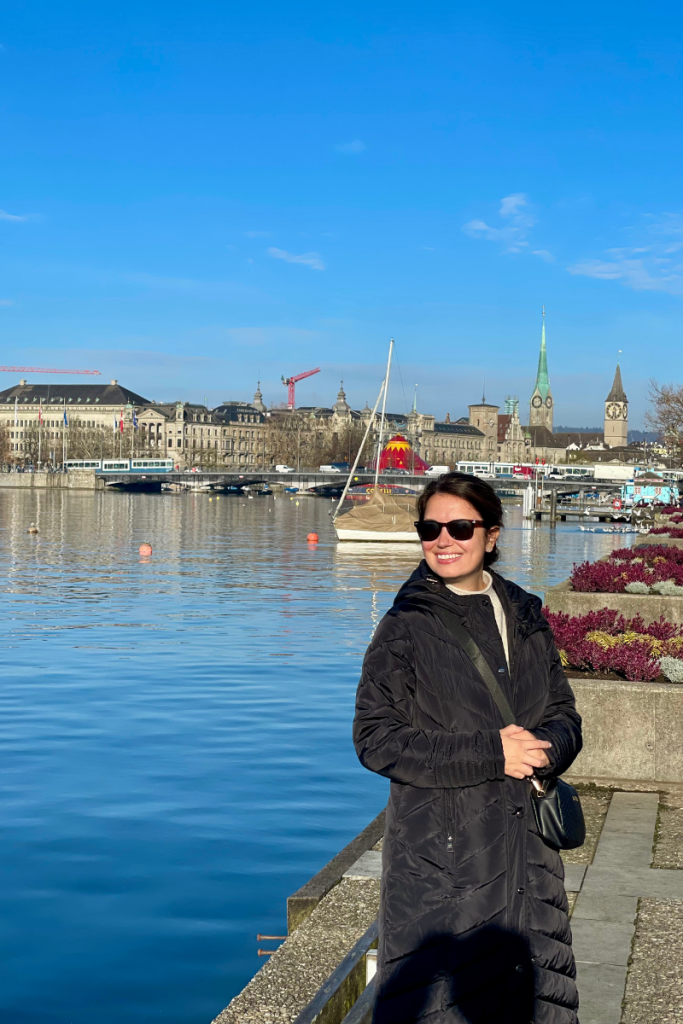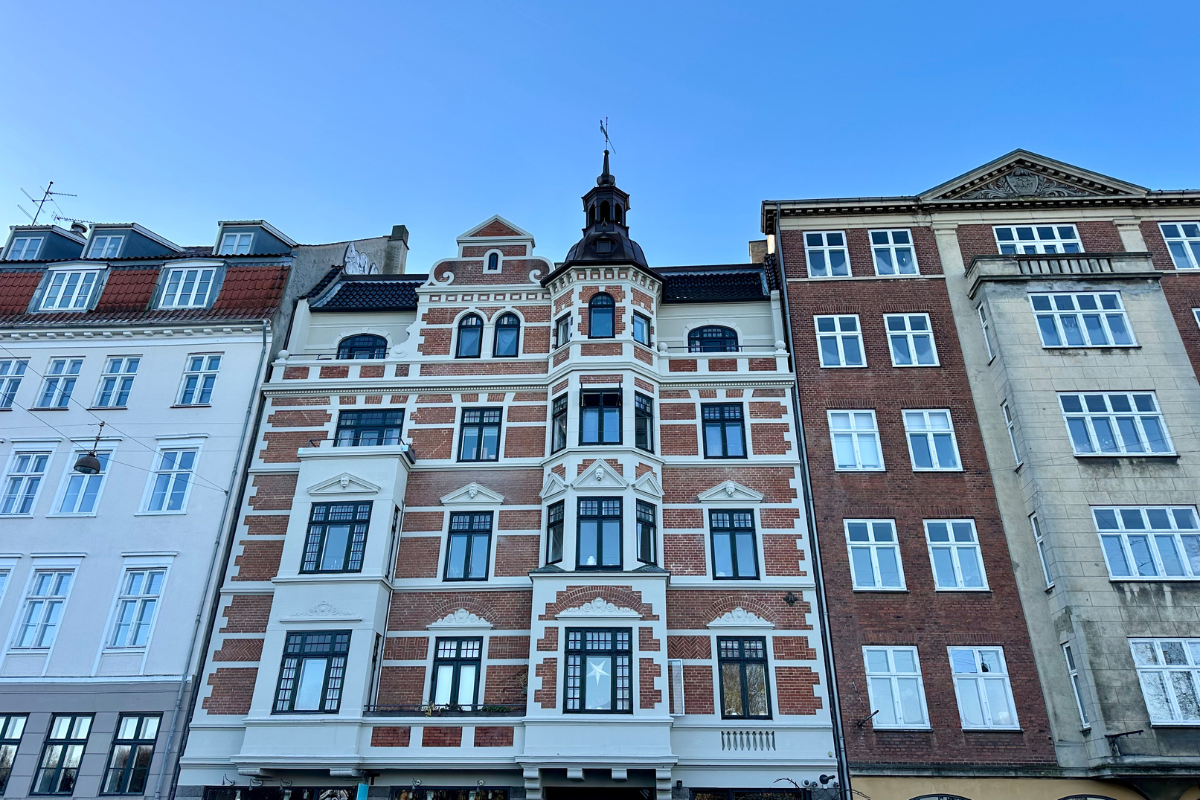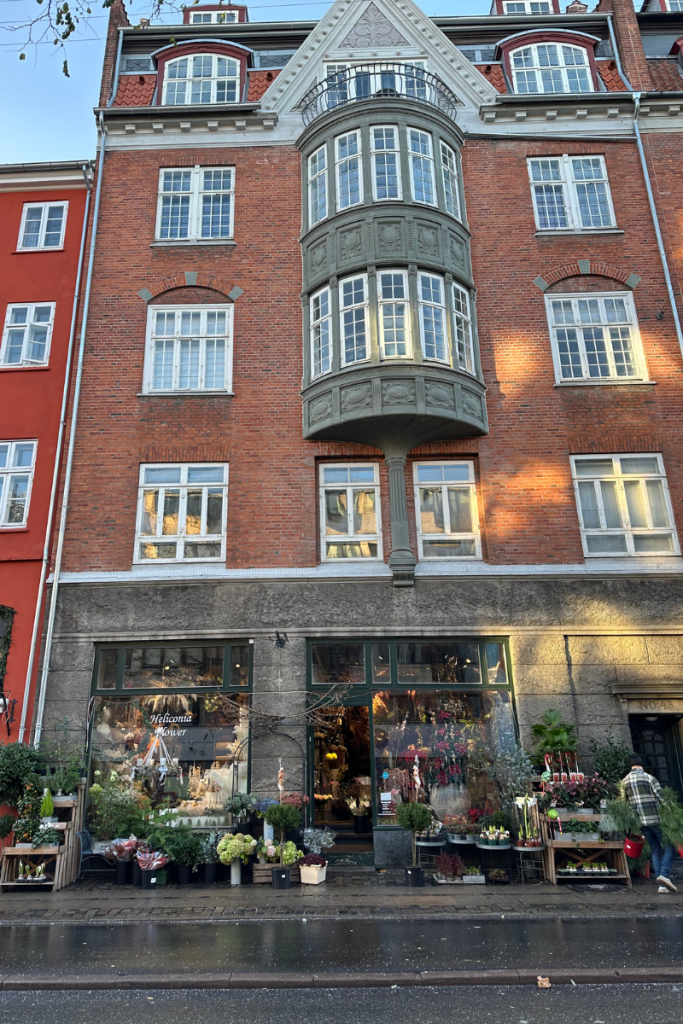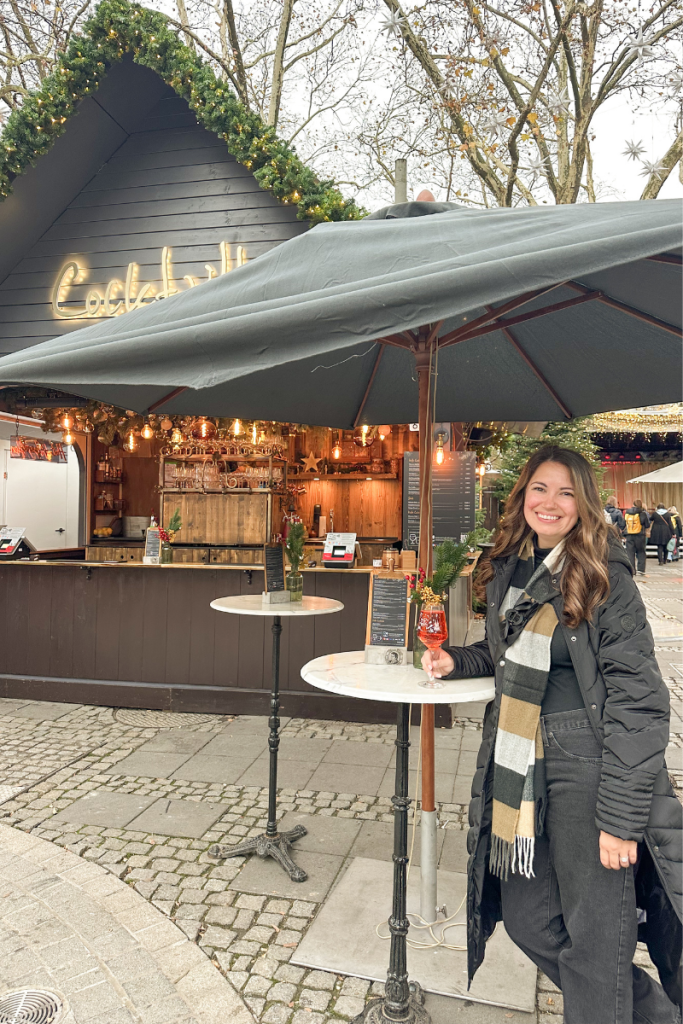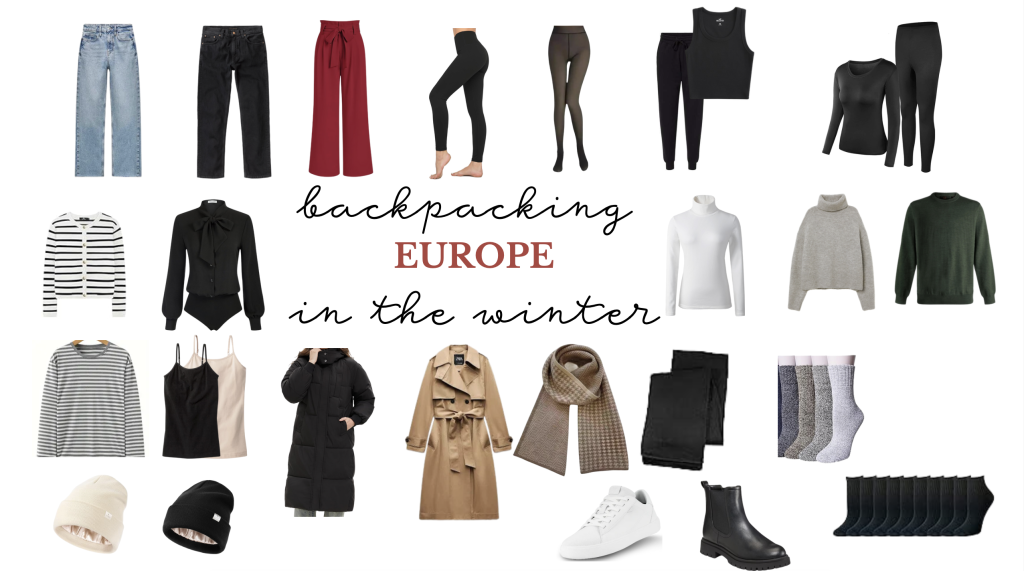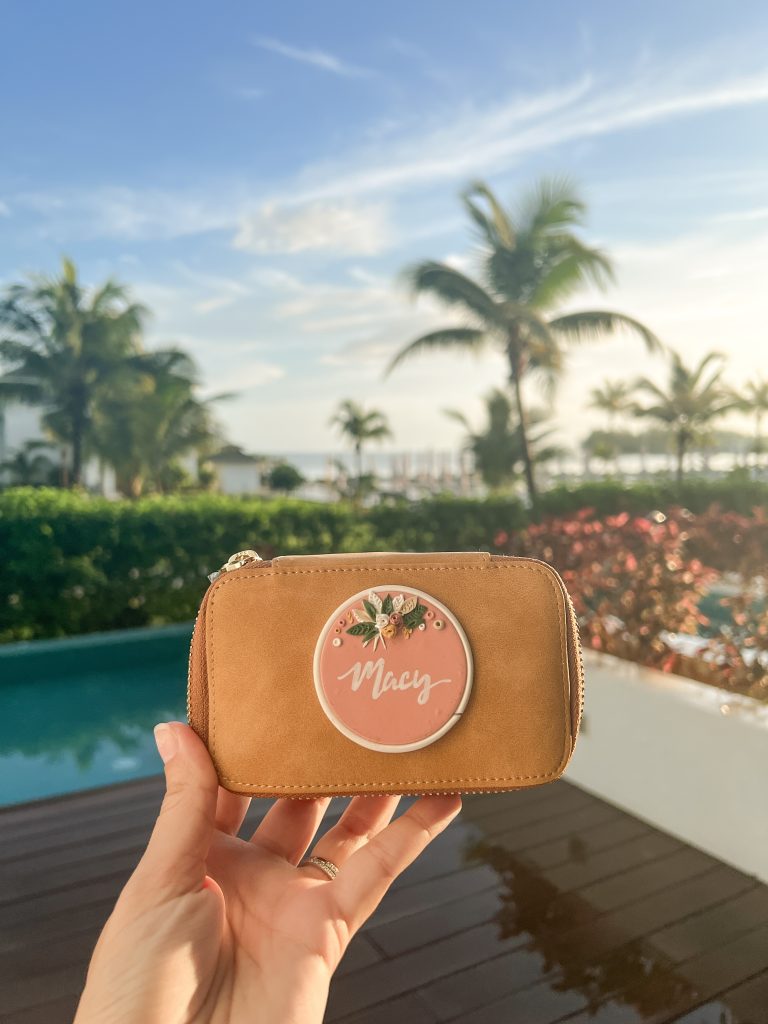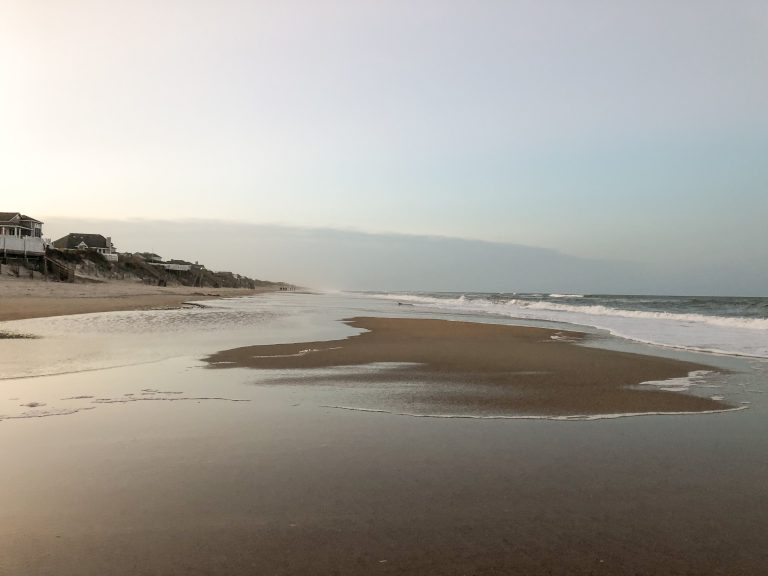Packing List For Europe In Winter | Travel Light Backpacking
Planning a winter trip to Europe is exciting, but packing for it can feel overwhelming. Winter in much of Europe often brings cold temperatures, potential snow, and unpredictable weather, so packing smart is essential. Whether you’re planning to travel with just a backpack or a suitcase, this packing list for Europe in Winter guide covers everything you’ll need to stay warm, comfortable, and stylish while keeping your load manageable.
Hi there! Just a heads up- if you click on a link within this post I may receive a small commission from affiliate links. I appreciate your support of To Travel & Beyond and hope to bring you great recommendations for many years to come! See the full privacy policy here.
One of the biggest concerns about traveling light for Europe in winter is limiting your fashionable choices of clothing. I’m not one to wear the same outfit again and again, but in this case it’s necessary. However, that doesn’t mean it’s impossible to still have fashionable choices – you just have to pack smart, with versatile options and exciting combinations.
While there are additional details added for traveling with a carry on, or even a checked suitcase, the main purpose is focused on traveling with a backpack only. It’s also focused on traveling to multiple countries rather than staying in a single location for the full trip.
I also want to preface this with I am not a professional backpacker, but I have had to make it work for both myself and my daughter throughout the years. While we aren’t backpacking through hikes or new places each day for months at a time, I wanted to assemble a list to make it easier for other parents making it work with backpack only travel with their kids.
If you are looking for a mom’s view on how to manage traveling around Europe with only backpacks, with a kid in tow, this is the right place! I am usually a summer season traveler, so I did extensive research to know what you pack for winter travel for my daughter and me.
Hopefully this post gives you a lot of information to feel confident in your backpacking adventure around European cities.
General Packing Tips for Winter in Europe
Whether you want to focus on packing light, or you will travel with luggage, these tips are important for everyone! While these tips are geared towards Europe, they are applicable for traveling to any cold weather climate in the winter.
- Check the Weather: Research the weather forecast for your destination to understand temperature ranges and precipitation chances. This will help tailor your wardrobe to the specific conditions.
- Layering is Key: Layers are your best friend in winter. Instead of packing bulky items, opt for thin, thermal layers that can be worn under your regular clothes.
- Pack Versatile Pieces: Choose clothing items that can be mixed and matched easily. Neutral tones work well and allow for layering without clashing. I recommend either a black, grey and cream color palette or a blue, green and cream palette.
- Invest in Travel-Sized Items: Miniature toiletries, a compact travel umbrella, and travel-sized electronics can save precious space. More on this below.
- Roll, Don’t Fold: Rolling your clothes minimizes wrinkles and maximizes space in your bag.
- Use Packing Cubes: These are great for added organization, keeping everything together and compressing clothes to fit a bit better in your bags. I love a good packing cube and usually use 2-3 for each trip.
- Check The Weight: Be sure not to exceed the carry on bag size limits. If you are traveling on budget airlines within Europe, I suggest looking into the Ryanair weight limits and using them as your point.
- Leave The Accessories At Home: Limit the amount of accessories you feel like you need. I only brought 1 pair of earrings, 1 necklace and a few ribbons for my hair. This was easily enough for a trip and didn’t take up much space.
- Travel Insurance: While not a packing tip, I can not stress enough how important it is to have travel insurance! Anything could happen, especially in the winter!
- Test It Out! I test my exact items at least a week before our travel day, which usually helps me narrow down my items to ensure I am able to pack light, and also gives me ideas on how I could be more efficient in packing.
See more posts about making the most out of your European vacation here.
Packing Light For Europe In Winter
These tips are specific to packing light for your holiday in Europe.
1. Find The Right Gear: Not all backpacks are created equal, and not all backpacks will fit within the size restrictions. It’s important to find a backpack that is comfortable for you, especially with enough pockets, and isn’t too heavy on it’s own. I really loved this one!
2. Use More Than One Bag: I specifically recommend taking two backpacks, using the front backpack (or personal item) for travel essentials you will need easy access to, and a larger backpack for your packing cubes, additional layers, your heaviest items and anything else you may need while traveling but without easy access. I love both of these larger backpacks for myself and my husband, and this backpack for my daughter.
3. Plan for Souvenirs: Leave some space or bring a foldable tote bag for items you may purchase on your trip.
Weather Expectations In Europe
Winter Weather Across Europe: What to Expect in Different Regions
Europe’s winter weather varies dramatically depending on the region, making it essential to research your destination before packing. From the snowy Alpine regions to the milder Mediterranean coast, here’s a breakdown of what to expect across Europe during the winter months.
Northern Europe: Cold and Snowy
Countries: Iceland, Norway, Sweden, Finland, Denmark
Typical Weather:
- Temperatures: 14°F to 41°F (-10°C to 5°C)
- Snow: Frequent and heavy, especially in inland and northern areas.
- Daylight: Limited, with only a few hours of light in far northern regions like Lapland.
What to Expect:
Northern Europe is known for its cold and snowy winters, particularly in the Arctic Circle. Coastal areas, like Denmark and southern Norway, tend to be slightly milder but still chilly. Winter activities like skiing, dog sledding, and seeing the Northern Lights are popular.
Packing Tips:
- Bring thermal layers, waterproof boots, and a heavy-duty winter coat.
- Hand warmers and insulated gloves are a must.
Western Europe: Milder with Rain
Countries: United Kingdom, Ireland, France, Belgium, Netherlands, Germany
Typical Weather:
- Temperatures: 32°F to 50°F (0°C to 10°C)
- Snow: Rare but possible, more common in higher elevations like the German Black Forest or Scottish Highlands.
- Rain: Frequent, with overcast skies typical.
What to Expect:
Western Europe experiences relatively mild winters, especially in coastal areas like Ireland and the UK. Rain is more common than snow, although frost and occasional snowy days can occur inland. Cities like Paris and London are often chilly and damp.
Traveling to Germany? Check out the perfect 4-day itinerary for Munich!
Packing Tips:
- Opt for waterproof shoes and a sturdy travel umbrella.
- Layering is key for transitioning between outdoor and indoor temperatures.
Southern Europe: Mild with Occasional Cold Days
Countries: Spain, Portugal, Italy, Greece, Croatia
Typical Weather:
- Temperatures: 41°F to 59°F (5°C to 15°C)
- Snow: Rare in coastal areas, but mountain regions like the Pyrenees and Alps may have heavy snow.
- Sunshine: More frequent than in the north, but expect some overcast days.
What to Expect:
Southern Europe enjoys the mildest winters in Europe, especially along the Mediterranean coast. While cities like Barcelona and Rome stay relatively warm, inland and mountainous regions can see colder temperatures and snow. Winter is a great time to explore without the summer crowds.
Packing Tips:
- A jacket and scarves should suffice for coastal areas.
- For mountain trips, pack warm layers and waterproof gear.
Eastern Europe: Cold and Frosty
Countries: Poland, Czech Republic, Hungary, Russia, Ukraine
Typical Weather:
- Temperatures: 23°F to 41°F (-5°C to 5°C)
- Snow: Common, especially in rural and northern areas.
- Sunshine: Limited, with frequent cloudy days.
What to Expect:
Eastern Europe experiences harsher winters with plenty of snow and freezing temperatures, particularly in countries like Russia and Ukraine. Cities like Prague and Budapest look magical under a layer of frost, making them perfect for winter wonderland experiences.
Packing Tips:
- Insulated boots and a warm hat are essential.
- Pack a high-quality coat to combat the biting cold.
Central Europe: Cold with Mixed Snowy Conditions
Countries: Austria, Switzerland, Germany, Slovenia
Typical Weather:
- Temperatures: 23°F to 41°F (-5°C to 5°C)
- Snow: Common in the Alps and other mountainous areas.
- Rain: Possible in lower-lying regions.
What to Expect:
Central Europe offers some of the most iconic winter weather, especially in the Alpine regions. Ski resorts in Austria and Switzerland are bustling during this season, while cities like Vienna and Zurich enjoy festive holiday markets and crisp winter air.
Ready to have the best Switzerland family vacation? Start in Zurich and take day trips!
Packing Tips:
- Waterproof boots and wool socks for snowy or slushy streets.
- Thermal base layers for days spent in outdoor winter markets.
The Alps and Mountainous Areas: Icy and Snowy
Regions: Swiss Alps, French Alps, Austrian Alps, Dolomites
Typical Weather:
- Temperatures: 14°F to 32°F (-10°C to 0°C)
- Snow: Heavy and frequent, with excellent skiing conditions.
- Wind: Strong gusts at high altitudes.
What to Expect:
The Alps are a winter paradise with heavy snow, clear skies at higher elevations, and perfect conditions for skiing, snowboarding, and winter hiking. Lower mountain villages are cozy and scenic, with roaring fires and warm drinks aplenty.
Packing Tips:
- Ski gear if hitting the slopes.
- Packable crampons for icy walking paths.
Mediterranean Islands: Mild and Pleasant
Regions: Balearic Islands, Canary Islands, Crete, Malta
Typical Weather:
- Temperatures: 50°F to 68°F (10°C to 20°C)
- Snow: Virtually nonexistent, except in rare mountain areas.
- Rain: Sporadic but not uncommon.
What to Expect:
While not “beach weather,” the Mediterranean islands are a warmer destination offering some of the warmest winter conditions in Europe. These areas are ideal for travelers looking to escape harsher climates while still enjoying European culture.
Packing Tips:
- A light jacket or coat should suffice.
- Bring comfortable walking shoes for exploring coastal towns.
By understanding the weather you may experience based on your European destinations, you can pack appropriately and make the most of your winter adventure. Whether you’re bracing for snow in Northern Europe, enjoying mild days in the Mediterranean, or embracing the cold charm of the Alps, winter in Europe has something magical to offer!
This post is geared towards those traveling to countries within the 32°F to 50°F (0°C to 10°C) range.
Traveling to Europe during Spring, Summer or Fall? Check out the ultimate guide to what to wear in Europe during those seasons!
Packing In A Backpack
Traveling with a backpack requires smart choices due to limited space. Aim to pack lightweight, multi-purpose items and pay attention to the above tips and tricks. This list is based on 10 days of travel around Europe, though could be extended longer if you have access to laundry services.
Clothing
- 2 Thermal Base Layers: Choose moisture-wicking tops and leggings to stay warm and dry.
- 1 Pair of Comfortable “on-the-go” Pants: I opted for fleece lined leggings, though sweatpants or something similar would work too. I wore these mainly on our travel days, which were every few days!
- 2 Pairs of Jeans: I personally packed one pair of blue jeans and a pair of black jeans. Be sure you can wear your base layers underneath without being uncomfortable.
- 1 Pair of “Nicer” Pants or a Skirt: This will be perfect if you have a nicer event or experience where jeans aren’t appropriate. Look for a nice, lightweight pair of pants that will still fit a base layer underneath.
- 1 Long Jacket: Most people will say to focus on a lightweight yet warm jacket that will compress easily…I am not those people. I was very thankful to have my extra long, puffy jacket. There wasn’t a single time where I wasn’t happy to have that jacket rather than a compressible option. HOWEVER- pack what you think will be best for yourself!
- 1 Waterproof Outer Shell: A rainproof and windproof jacket is a must. While not technically an “outer shell” I brought my rain jacket and it was perfect.
- 3 Sweaters: Pick versatile styles like cardigans or pullovers. I personally packed two sweaters and one cardigan.
- 3 Tops: Mix short- and long-sleeve tops, depending on weather conditions. I packed 5 and I didn’t wear two of them, and I don’t think I would have needed them in any case.
- 2 Tank Tops: I wore these nearly everyday! If you plan to wear these often, I would suggest packing 3.
- 1 Blouse: I wanted something lightweight and thin to have available if we did something nicer. I ended up wearing it twice!
- 1 Scarf, Hat, and Gloves Set: Insulated and waterproof gloves are ideal. I brought two hats and two pair of gloves and the second of each was not necessary!
- 8 Pairs of Underwear and Socks: Consider wool socks for warmth as well as crew socks for comfort when it isn’t as chilly.
- 2 Bras: I brought one without wire and a t-shirt style bra.
- 1 Pair of Comfortable Boots: Waterproof, warm, and suitable for walking.
- 1 Pair of Slip-On Shoes or Tennis Shoes: Great for indoor use or flights. I highly recommend waterproof if you can find them!
- Comfy PJs: You want want something warm and comfortable at the end of each backpacking day!
Toiletries
While I usually bring a full toiletry bag, I end up using a small travel pouch for everything on backpacking trips rather than bringing everything.
- Toothbrush, travel-sized toothpaste, and floss.
- Travel-sized shampoo, conditioner, and body wash. This was my first time using the exact set and I loved it!
- Lip balm and moisturizer (cold air can be harsh on the skin).
- Sunscreen (UV rays can reflect off snow).
- Deodorant.
- Hair brush.
- Travel-size skincare products. I truly LOVE this travel set! It’s nearly everything I use, the only additional thing I needed was a serum.
- Minimal makeup. I would stick with a BB cream or tinted moisturizer, lipstick, eyebrows, eyeshadow and mascara.
- Heatless curler set (if you like using these!)
Electronics
- Universal travel plug adapter. It’s important to find a universal adaptor as different countries will use different plugs.
- Power bank for recharging devices.
- Phone with offline maps downloaded.
- Compact smartphone tripod.
- All chargers and cords for electronic devices- I suggest using a USB cord for every device if possible, almost every plane and train had a USB port, but I brought my USB-C cord for my iPhone.
Extras
These items are really only needed if you have the space or it’s a must for you.
- Travel umbrella.
- Reusable water bottle, this is an essential item for me, but you will also have access to great water around Europe, and it’s easy to pop into a store to buy a bottle of water.
- A small backpack or day pack for day trips. I had a small crossbody that I used everyday. I did bring a fanny pack as well but I didn’t use it once!
- Lightweight laundry detergent for washing clothes.
- Laundry bag for transporting dirty laundry if you are using a washing machine located elsewhere.
- Plastic Bags are helpful to have on hand for leftover food, organization, etc. We usually bring 2-3. also bring a reuable silicone bag as well.
Carry-On Essentials
Be sure to have these items in your smaller bag and within reach!
- Passport and travel documents. I highly recommend printing copies of your important documents, it’s always a good idea to have these easily accessible.
- Snacks and a reusable utensil set.
- Travel-sized first aid kit.
- Eye mask and neck pillow for flights or long train rides.
- Prescription medication.
- Entertainment- I brought my kindle and headphones.
- Hand sanitizer.
Packing for a Suitcase
A suitcase provides extra space, so you can pack more layers and a few additional comfort items. I would add these additional items to your packing guide if you have the need and space.
- Extra Sweaters or Outerwear: A second jacket or heavier coat, especially if you’re visiting snowy regions.
- Casual Outfit: Something nicer for dinners or outings, like a sweater dress or button-down shirt.
- Extra Accessories: Another scarf or hat for variety in your photos.
- Quick-Drying Travel Towel: IF you are going to a location where you think you may use this! We considered going to a hot springs spa while traveling so it could have been nice to have, but we are also fine with using towels provided by each experience.
- Additional Pair of Shoes: Depending on what you will be doing, you may want to include sandals or more formal shoes.
Winter Packing Hacks
- Wear Bulky Items on the Plane: Save space by wearing your heaviest boots and coat during travel.
- Use Compression Bags: These help reduce the bulk of your clothes, especially jackets and sweaters. You can buy standard compression bags that compress when you roll them, or buy packing cubes with a compression zipper.
- Pack a Laundry Solution: Bring a sink stopper and a small detergent pack to wash clothes on the go.
- Carry Hand Warmers: Single-use hand warmers are lightweight and invaluable on cold days.
My Exact Packing List For Europe In Winter
I know each person will have their own particular needs on the packing list, but to make it as easy as possible, below you will find the exact items that I could find from our travels.
- Backpacks: Mine, my husbands, my 6-year old daughters + our “front packs”
- Packing Cubes: These are great with no compression, these are perfect with compression, I also use these for makeup/first-aid, etc.
- Shirts: Striped cardigan, turtlenecks, grey sweater, green sweater, tanks, solid & striped shirts
- Pants: Blue jeans, black jeans, red pants, fleece lined leggings
- Base Layers: This set and these pants
- Socks: These boot socks, black socks and crew socks
- Shoes: These sneakers were perfect, super comfortable and waterproof and these boots were waterproof, comfortable and perfect for walking all day
- Jackets: Love my winter coat and this raincoat
- Beanies: Perfect silk interior is great for my hair and this one is cute with the pom pom
- Bras: These are ride or die the best, comfortable no-wire bras, and this is a great everyday bra
To make it a bit easier, check out the full list of winter travel items I purchased from Amazon directly!
How I Plan & Pack
This may go too far, but I put a decent amount of effort into planning what I am packing. I never want to feel like I *have* to buy something while we are traveling but I also don’t want to bring too much and add extra weight. So this is the exact process I follow when planning what I am packing.
- Create a Canva itinerary template and plan the general details of each location on our trip. I list the sunrise, sunset and weather.
- Pinterest ideas for outfits in the areas where I am traveling.
- Shop my closet for general ideas within a specific color palette.
- Start a second Canva board for clothing pieces.
- Create a list of clothing items based on the Canva board.
- Start mapping out outfits for each day of the trip. I put together all pieces I will need for each day from my head to my toes! Hat or hair ribbon, jewelry, tops, bottoms, tights/no tights, socks and shoes.
- I pack based off of the plan, putting together the first few days of outfits together and packing them in that way so they are easy to reach when we arrive.
- I reference my Canva board during our trip so I can recall thee exact outfits I put together prior, this saves times and stress!
What to Keep in Mind About Winter in Europe
- Cobblestone Streets: Opt for sturdy, slip-resistant shoes.
- Public Transportation: Layering makes it easy to adjust between cold streets and warm subways or buses.
- Limited Daylight: Plan activities for the shorter daylight hours and pack items like a compact flashlight for evening adventures where you may be walking through a park or something similar.
- Cultural Expectations: Some European countries lean more formal, so include one polished outfit if it fits your itinerary.
Next time you plan a holiday in the winter, I hope this ultimate backpacking Europe packing list is helpful!
By thoughtfully packing for your 10-day European backpacking trip and winter adventure, you’ll be prepared for chilly temperatures, enjoy hassle-free travel, and make the most of your time abroad. Whether you’re wandering through snowy cityscapes or exploring cozy Christmas markets, having the right gear will keep you warm and stress-free.

